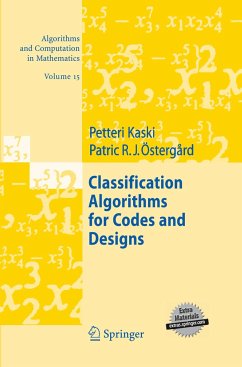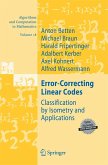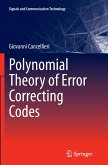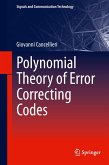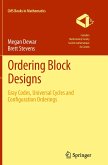A new starting-point and a new method are requisite, to insure a complete [classi?cation of the Steiner triple systems of order 15]. This method was furnished, and its tedious and di?cult execution und- taken, by Mr. Cole. F. N. Cole, L. D. Cummings, and H. S. White (1917) [129] The history of classifying combinatorial objects is as old as the history of the objects themselves. In the mid-19th century, Kirkman, Steiner, and others became the fathers of modern combinatorics, and their work - on various objects, including (what became later known as) Steiner triple systems - led to several classi?cation results. Almost a century earlier, in 1782, Euler [180] published some results on classifying small Latin squares, but for the ?rst few steps in this direction one should actually go at least as far back as ancient Greece and the proof that there are exactly ?ve Platonic solids. One of the most remarkable achievements in the early, pre-computer era is the classi?cation of the Steiner triple systems of order 15, quoted above. An onerous task that, today, no sensible person would attempt by hand calcu- tion. Because, with the exception of occasional parameters for which com- natorial arguments are e?ective (often to prove nonexistence or uniqueness), classi?cation in general is about algorithms and computation.
From the reviews:
"The authors of this book have been responsible for some quite remarkable combinatorial enumeration results ... . They are therefore well-qualified to provide this comprehensive survey of state-of-the-art algorithms for the classification of codes and designs. ... Overall the book is a timely and authoritative work, and an extremely valuable reference for any researcher working in the field of combinatorial classification." (Peter B.Gibbons, Zentralblatt MATH, Vol. 1089 (15), 2006)
"For any researcher involved with combinatorial algorithms, this book is a must-have. It is absolutely essential for anyone doing enumeration algorithms on t-designs or codes. ... This is one of the few useful books on combinatorial design algorithms. ... Finally, the book contains (open) research problems sprinkled throughout, which should be useful for researchers ... . It would make a good textbook for a senior undergraduate or a graduate course on computing in design and coding theory." (G. H. J. Van Rees and Pak Ching Li, Mathematical Reviews, Issue 2008 a)
"The authors of this book have been responsible for some quite remarkable combinatorial enumeration results ... . They are therefore well-qualified to provide this comprehensive survey of state-of-the-art algorithms for the classification of codes and designs. ... Overall the book is a timely and authoritative work, and an extremely valuable reference for any researcher working in the field of combinatorial classification." (Peter B.Gibbons, Zentralblatt MATH, Vol. 1089 (15), 2006)
"For any researcher involved with combinatorial algorithms, this book is a must-have. It is absolutely essential for anyone doing enumeration algorithms on t-designs or codes. ... This is one of the few useful books on combinatorial design algorithms. ... Finally, the book contains (open) research problems sprinkled throughout, which should be useful for researchers ... . It would make a good textbook for a senior undergraduate or a graduate course on computing in design and coding theory." (G. H. J. Van Rees and Pak Ching Li, Mathematical Reviews, Issue 2008 a)

